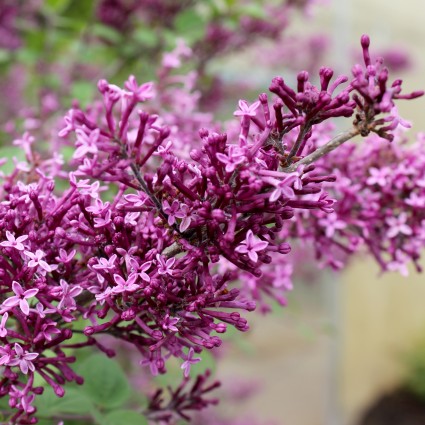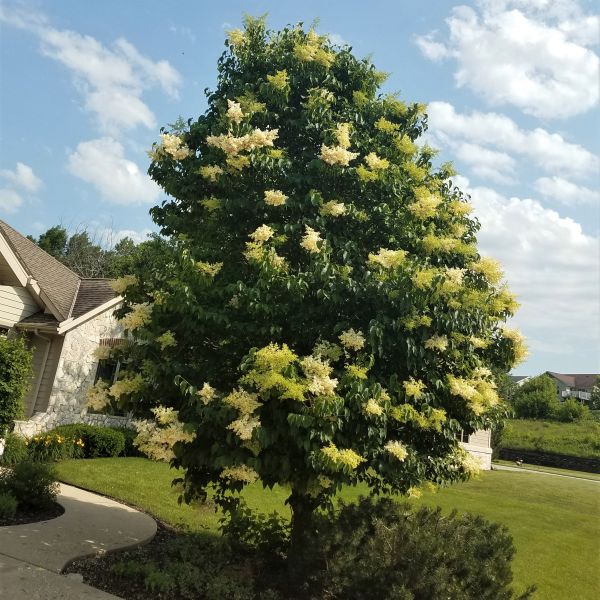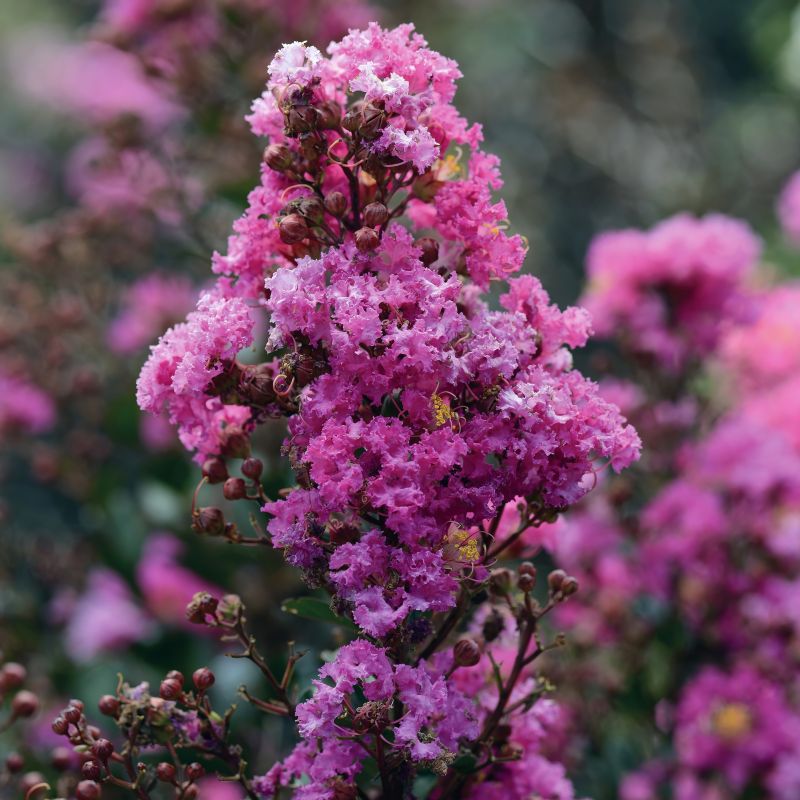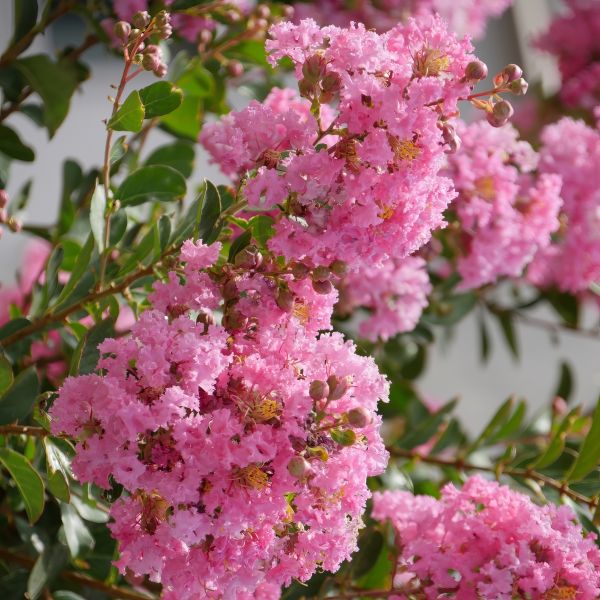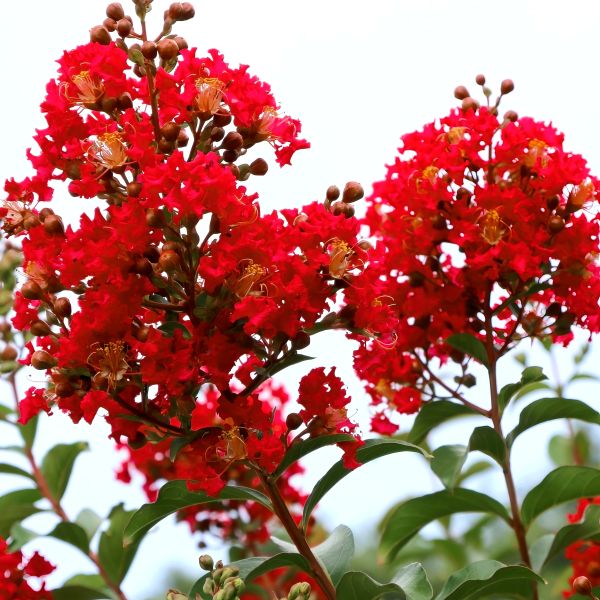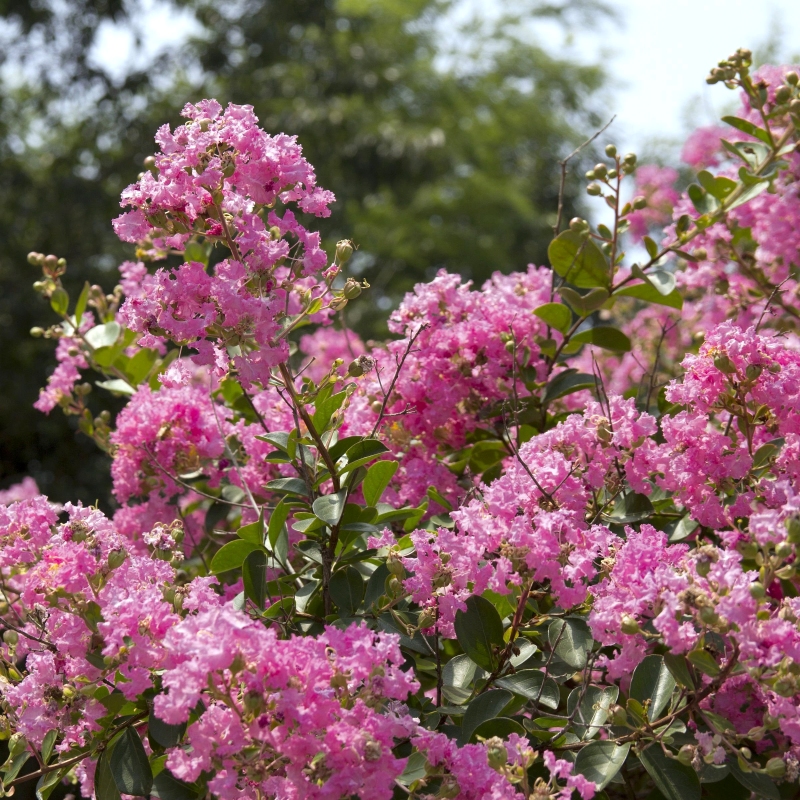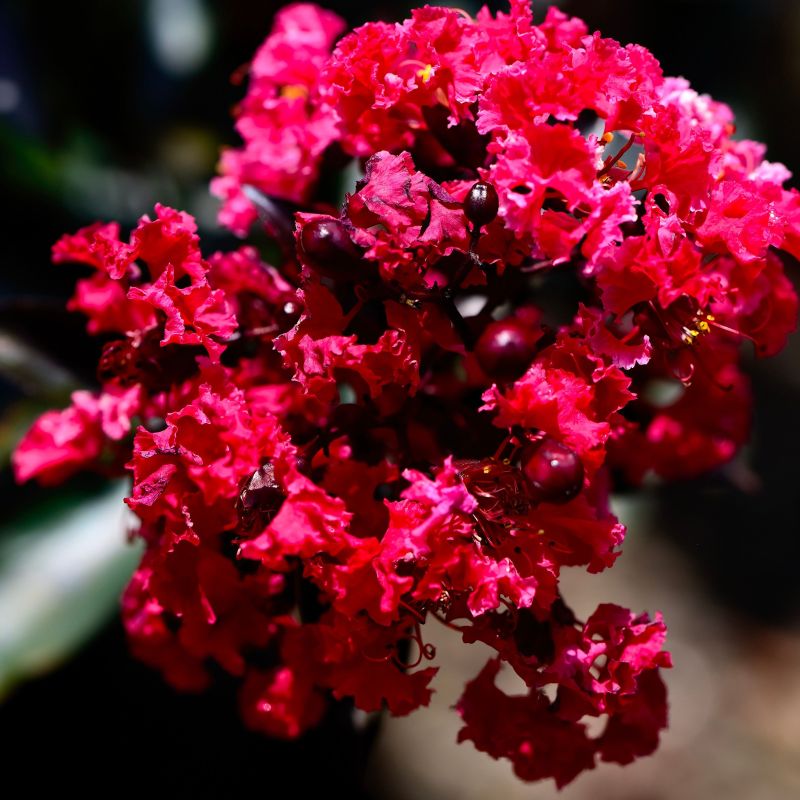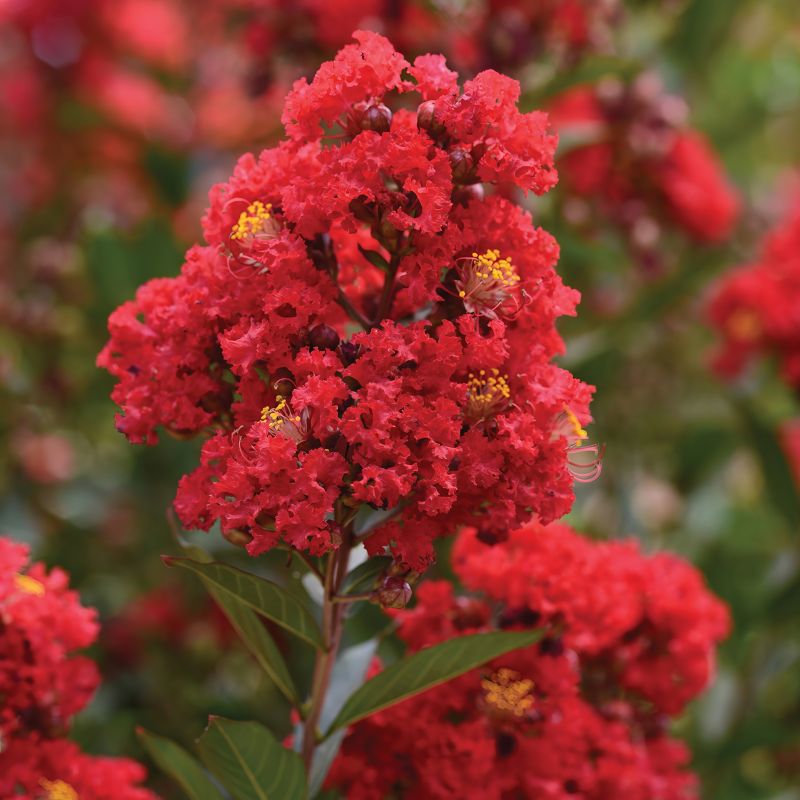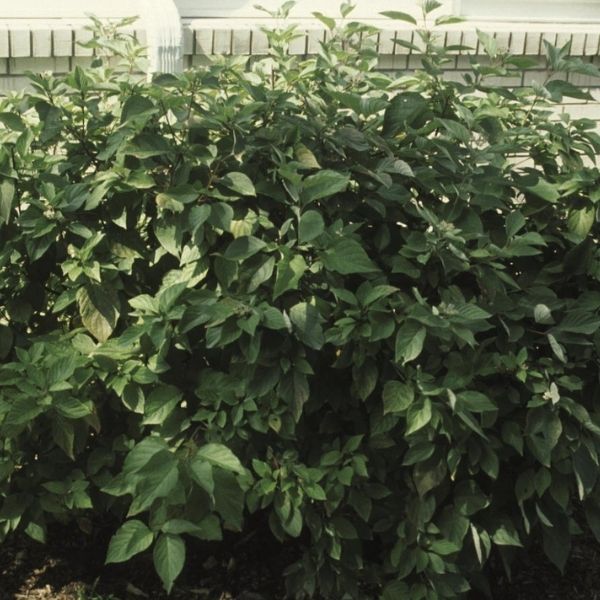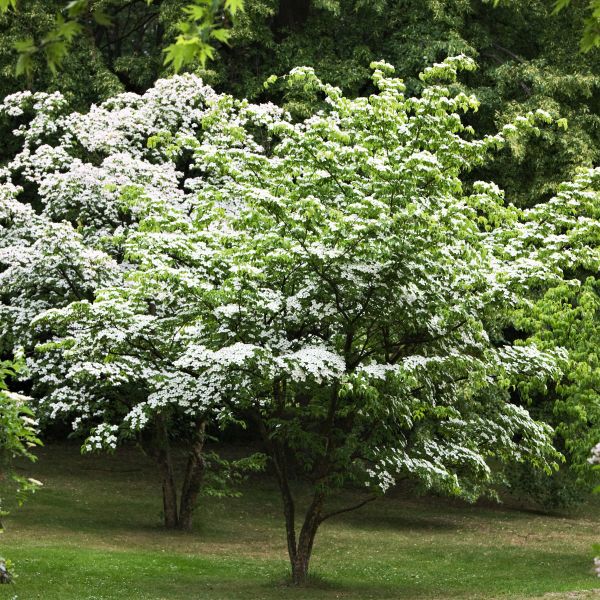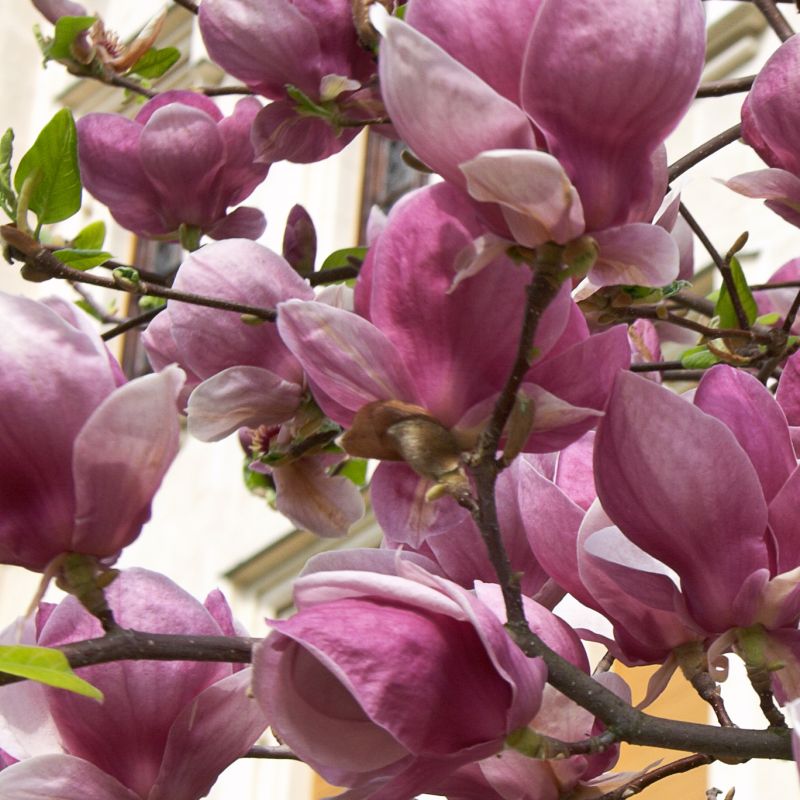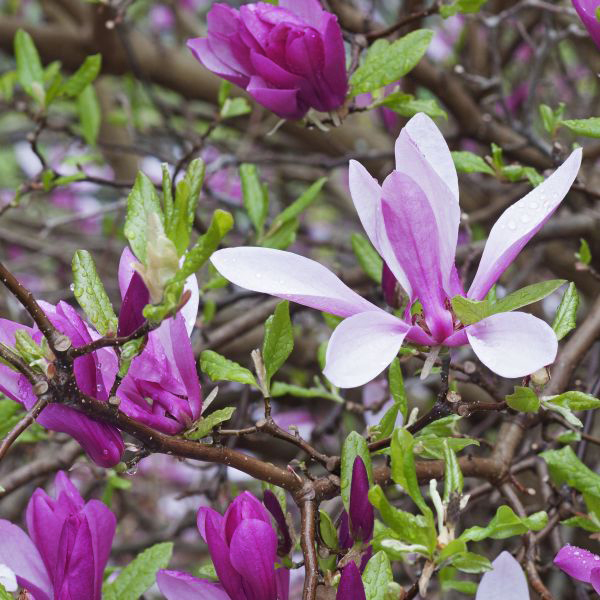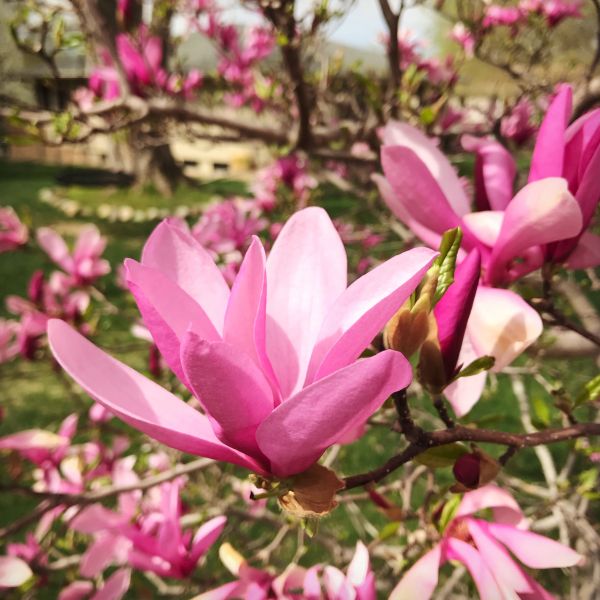



Common Purple Lilac
Syringa vulgaris
12 reviews
Common Purple Lilac
Syringa vulgaris
12 reviews
- 1.5 Gallon
- 2-3 Feet Bareroot
- 2.5 Gallon
We are sorry, product is currently out of stock due to seasonal availability. Please check the "Related plants available in your area" section below
Not just beautiful - intentionally selected by ShrubHub's 3D landscape design team to fit real-world spaces and maximize yard potential.
Why Common Purple Lilac?
The Common Purple Lilac (Syringa vulgaris) is a popular deciduous shrub known for its fragrant purple flowers that bloom in the spring. It grows up to 20 feet tall and prefers full sun and well-draining soil. The plant is easy to care for and can be pruned after flowering to promote new growth. It attracts pollinators like bees and butterflies and is often planted as a hedge or ornamental shrub in gardens and parks.
Related plants available in your area
Sunlight
Common Purple Lilacs require full sun or at least six hours of direct sunlight each day to thrive and produce abundant blooms.
Watering
Common Purple Lilac requires regular watering, especially during its first year of growth. It prefers moist, well-drained soil, so water deeply once a week during dry periods. It is important to avoid overwatering, as excessive moisture can lead to root ro
Fertilizing
The fertilizer requirement for Common Purple Lilac is a balanced and slow-release fertilizer specifically formulated for flowering plants.
Common Purple Lilac Shrubs: The Most Fragrant Flowers
If you're looking for a fragrant and beautiful addition to your garden, look no further than the Common Purple Lilac. This stunning deciduous shrub is sure to impress with its sweet, heady scent and showy clusters of purple lilac flowers.
But the Common Purple Lilac is more than just a pretty face – it also provides many benefits that make it a valuable addition to any landscape.
One of the key benefits of the Common Purple Lilac is its fragrant purple flowers. Its blooms emit a sweet, intoxicating scent that can fill your entire yard with their aroma. Plant it near a window or patio and enjoy the scent indoors and out.
But the lilac plants are more than just fragrant shrubs. They are also a valuable source of cut flowers, with their blooms making beautiful and long-lasting bouquets. Bring the beauty of the outdoors inside with a vase of fresh lilacs on your table.
In addition to its fragrance and cut flower production, the Common Purple Lilac also provides important environmental benefits. Its leaves absorb carbon dioxide and other pollutants from the air, improving air quality and reducing the effects of climate change. And its dense growth habit provides important habitat for birds and other wildlife.
But perhaps the greatest benefit of the Common Purple Lilac bush is its ability to add value to your property. This shrub is a long-lived species that can provide beauty and fragrance for generations to come. Plant one in your front yard and enjoy increased curb appeal and property value.
In short, the Common Lilac is a shrub that truly has it all – fragrance, cut flower production, environmental benefits, and property value.
Don't miss out on the opportunity to own these exceptional plants. Purchase your own Common Purple Lilac flowering shrubs and start enjoying its many benefits today.
Plant Information:
| Botanical Name: | Syringa vulgaris |
| USDA Zones: | 3 - 7 |
| Growth Habit: | Medium |
| Water: | Moderate |
| Exposure: | Full Sun |
| Soil Needs: | Widely Adaptable |
| Mature Height: | 8 - 10 feet |
| Mature Spread: | 8 - 10 feet |






Pollination Info
Pollination Info for Common Purple Lilac (Syringa vulgaris)
The common purple lilac (Syringa vulgaris) is a deciduous shrub native to Southeastern Europe and is widely grown for its fragrant, purple flowers. Although lilacs are often planted for their beauty, they are also important as a food source for many pollinators.
Pollination Process
The pollination process for lilacs is fairly simple. Lilac flowers produce both male and female reproductive structures. The male structures, called stamens, are made up of a long filament topped with an anther that contains the pollen. The female structures, called pistils, are located in the center of the flower and consist of the stigma, style, and ovary.
When a pollinator, such as a bee or butterfly, visits a lilac flower, it brushes against the stamen and collects pollen on its body. As the pollinator moves on to another flower, some of the pollen is transferred to the stigma of that flower, fertilizing the ovules in the ovary. This fertilization process results in the production of seeds, which are contained in the fruit of the lilac shrub.
Pollinators for Common Purple Lilac
Common purple lilacs are pollinated by a variety of insects, but are primarily depended on bees for pollination. Bees are the most efficient pollinators for lilacs since they visit the flowers frequently and are able to carry large quantities of pollen on their bodies. Other insect pollinators of lilacs include butterflies, beetles, and flies.
Pollinator Conservation for Common Purple Lilac
Pollinator conservation is an important concern for lilacs, as they rely heavily on insect pollinators for reproduction. To conserve pollinators, it is important to provide them with a habitat that includes a variety of flowering plants and undisturbed areas for nesting. By planting a diverse range of plants, including native wildflowers, in your garden, you can provide a food source for pollinators throughout the season. Pesticides should also be used sparingly or avoided entirely to prevent harm to pollinators.
FAQ
FAQ for Common Purple Lilac (Syringa vulgaris)
What is a Common Purple Lilac?
The Common Purple Lilac (Syringa vulgaris) is a deciduous shrub that belongs to the olive family. It is native to southeastern Europe and can grow up to 20 feet in height and 15 feet in width.
When does the Common Purple Lilac bloom?
The Common Purple Lilac usually blooms in mid to late spring, depending on the climate and weather conditions. The blooms typically last for 2-3 weeks.
What does the Common Purple Lilac look like?
The Common Purple Lilac has dark green, heart-shaped leaves that grow opposite each other on the stem. The flowers are purple, fragrant, and grow in clusters called panicles. The bark is gray and smooth when young, but becomes rough and fissured as the shrub matures.
How do I care for my Common Purple Lilac?
The Common Purple Lilac is relatively low-maintenance and easy to care for. It prefers well-drained soil and full sun exposure, although it can tolerate partial shade. Pruning is recommended after flowering to shape the shrub and promote healthy growth.
What are some common problems that affect the Common Purple Lilac?
The Common Purple Lilac can be susceptible to powdery mildew, a fungal disease that causes white spots and a powdery film on the leaves. To prevent this, avoid overhead watering and ensure proper air circulation around the shrub.
Can I grow the Common Purple Lilac in a container?
The Common Purple Lilac can be grown in a container, but it will require more frequent watering and fertilization than if it were planted in the ground. It is also important to choose a container that is large enough to accommodate the shrub as it grows, as well as a lightweight, well-draining soil mix.
Can the Common Purple Lilac be used for landscaping?
Yes, the Common Purple Lilac is a popular choice for landscaping due to its fragrant blooms and attractive foliage. It can be used as a specimen plant, as a hedge, or as part of a mixed border.
Planting & Care
Planting Common Purple Lilac (Syringa vulgaris)
1. Choose a planting location that receives at least 6 hours of full sun per day and has well-draining soil.
2. Dig a hole that is twice as wide and equally deep as the container the lilac comes in.
3. Amend the soil with compost or aged manure to improve texture and fertility.
4. Gently remove the lilac from its container, loosen any roots that are circling around the root ball, and place it in the hole.
5. Backfill the hole with soil, gently tamping it down as you go to remove any air pockets.
6. Water thoroughly.
Caring for Common Purple Lilac (Syringa vulgaris)
1. Water deeply and regularly, especially during the first growing season, to establish a strong root system.
2. Mulch around the base of the plant to help retain moisture and suppress weeds.
3. Prune after the blooms have faded, removing up to one-third of older branches to promote new growth and maintain a manageable size and shape.
4. Fertilize in early spring with a slow-release, well-balanced fertilizer to encourage healthy growth and abundant blooms.
5. Monitor for pests and diseases, including powdery mildew, which can be treated with fungicides or by improving air circulation around the plant.
6. Enjoy the fragrant blooms and cut flowers for indoor arrangements.
Check Out These Verified Customer Reviews:
Customer Reviews
4.8 out of 5 based on 12 reviews
Thank you! Your review has been submitted.
The Common Purple Lilac arrived quickly and in perfect condition. I am very satisfied with my purchase.
The Common Purple Lilac plant arrived in perfect condition and looks even more beautiful in person!
I received excellent customer service when I reached out with a question about caring for my Common Purple Lilac plant.
Item has been added to your cart.



